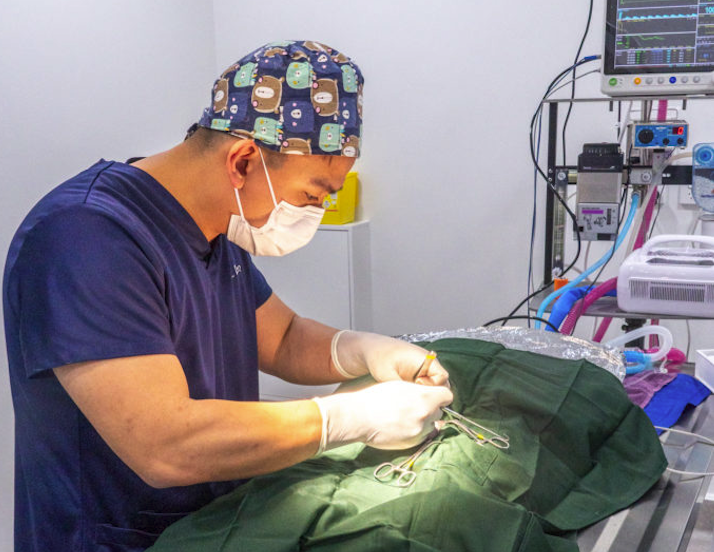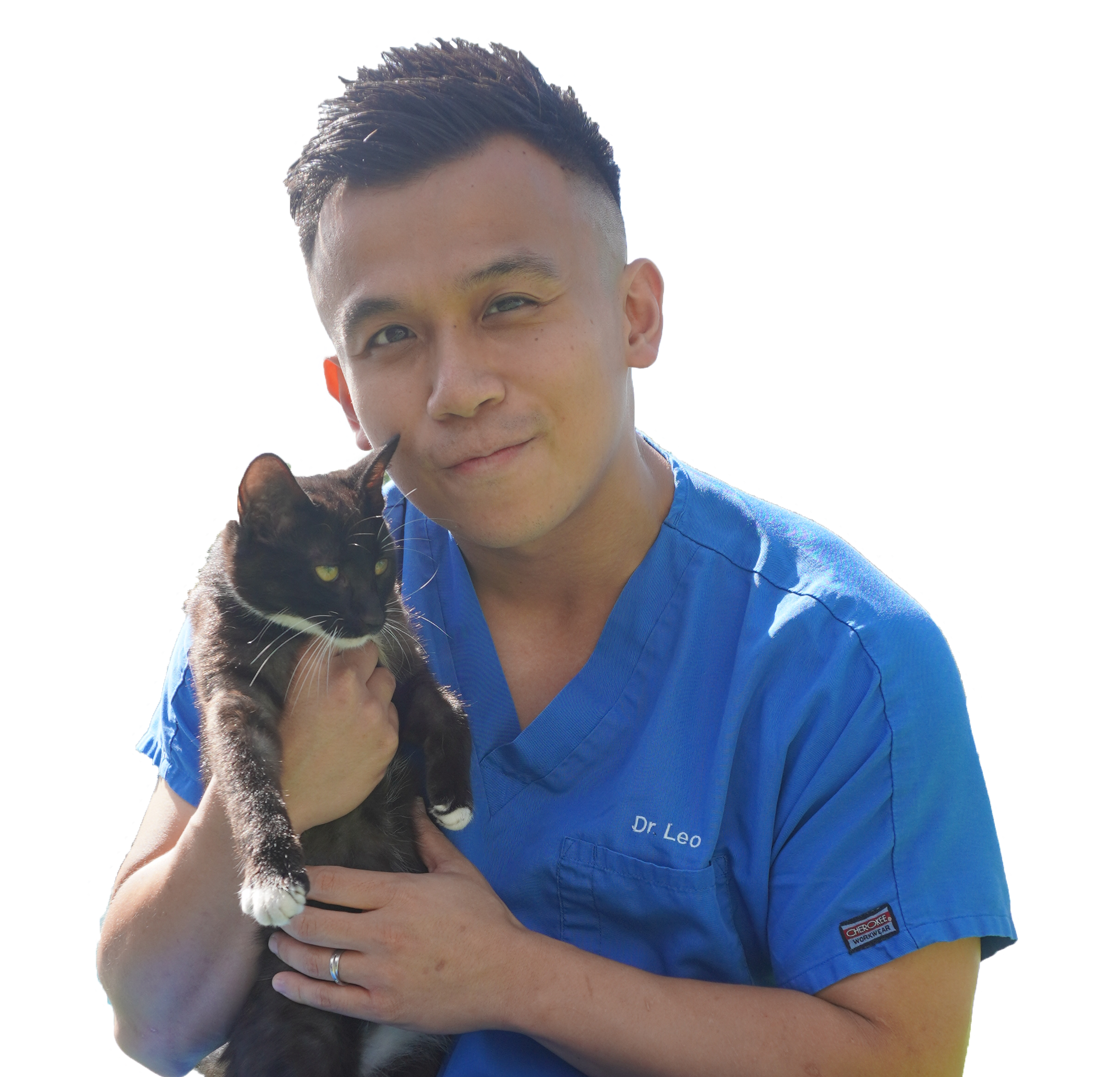Tibial Tuberosity Advancement (TTA) Surgery


Tibial tuberosity advancement (TTA) surgery is a treatment for dogs with cranial cruciate ligament (CCL) disease, also known as anterior cruciate ligament (ACL) disease. The goal of TTA surgery is to stabilise the stifle joint and allow your dog to return to normal activity.
The CCL is one of four major ligaments that stabilize the stifle joint. The stifle joint is the knee joint of a dog and is like the human knee. The CCL prevents the femur from sliding backward on the tibia. When the CCL is torn or damaged, it can no longer stabilize the stifle joint and your dog may be unable to use that leg normally.
Tibial Tuberosity Advancement (TTA) Surgery for Dogs
TTA surgery is a relatively new procedure that is used to treat Cranial Cruciate Ligament (CCL) injuries. In this surgery, the surgeon makes an incision over the front of the stifle joint and moves the tibial tuberosity (a bony bump on the front of the tibia) forward. This changes the angle of the joint and takes tension off of the damaged CCL.
TTA surgery can be performed on dogs of all sizes but is most commonly performed on medium to large-breed dogs. The surgery usually takes about 1-2 hours and your dog will stay in the hospital for 1-2 days after surgery. Most dogs are able to return to normal activity within 12-16 weeks after surgery.
If your dog has been diagnosed with a Cruciate Ligament injury, your veterinarian may recommend TTA surgery as a treatment option. This decision will be based on many factors, including your dog’s age, activity level, and the severity of the CCL injury.
TTA Veterinary Surgery Recovery
After TTA surgery, your dog will need to stay in the hospital for 1-2 days. During this time, we will monitor your dog’s pain level and make sure that he is able to urinate and defecate normally. Your dog will be given pain medication during this time.
When you take your dog home, he will need to rest and limit his activity for 12-16 weeks. This means no running, jumping, or playing. Your dog should be on a leash for walks and should not go up and down stairs. We will discuss a specific exercise plan with you at your post-operative appointment. It is important that you follow these instructions so that your dog’s incision can heal properly and he does not re-injure his CCL.
You will need to bring your dog back for a follow-up appointment 2-3 weeks after surgery. At this appointment, we will check your dog’s incision and remove any stitches that are still in place. We will also discuss your dog’s progress and answer any questions you may have.
TTA Surgery Cost
At Plus One Vet the cost of TTA surgery will vary depending on the veterinarian performing the surgery, the geographic location, and the individual dog. if you would like to know more about the cost, get in touch with our team to learn more.
TTA Surgery Brisbane
If your beloved pet has suffered an injury to their leg it can often go unnoticed. If your pet is limping this is a sign that it might be in pain and has suffered an injury. If you are looking for a veterinarian in Brisbane who can diagnose your pet’s injury and performs TPLO, TTA surgery, and other procedures to help your pet recover from an injury, Contact Dr Leo at Plus One Vet.
Our friendly team are happy to discuss this procedure with you and answer any questions you may have. Our clinic is equipped with the best diagnostic imaging equipment and offers a range of veterinary services so you can have all your pet’s needs looked after under one roof. We offer general pet check-ups, pet dental, desexing, vaccinations, surgery, and more.
Give us a call to learn more about how you can join the Plus One Vet family today.

Dr Leo Wong
Veterinary Surgeon
TTA surgery for dogs FAQs
Here are some frequently asked questions about tibial tuberosity advancement (TTA) surgery for dogs.
Frequently Asked Questions
How do I know if my dogs TTA surgery was successful?
If your dog is lame after TTA surgery, it does not necessarily mean that the surgery was unsuccessful. It is common for dogs to be lame for several weeks after surgery as they recover from the procedure. Your veterinarian will likely recommend X-rays 4-6 weeks after surgery to assess the healing of the bone.
What are the risks of TTA surgery?
The risks of any surgical procedure include infection, bleeding, and reaction to anesthesia. The specific risks of TTA surgery include damage to the blood vessels or nerves around the knee joint and incomplete healing of the bone.
These complications are rare but can occur.
What is the success rate of TTA surgery?
TTA surgery has a high success rate, with most dogs returning to normal activity after surgery. A small percentage of dogs may require additional surgery or may not recover fully from the procedure.
What are the alternatives to TTA surgery?
The alternative to TTA surgery is non-surgical management, which includes weight loss, exercise restriction, and pain medication. This option may be appropriate for some dogs but is not typically recommended for active dogs.


